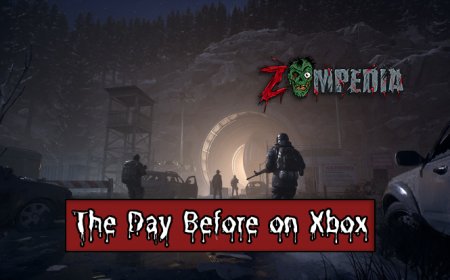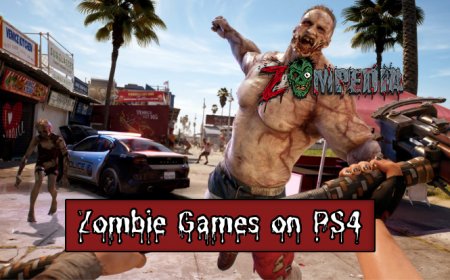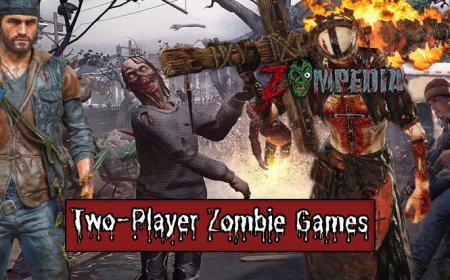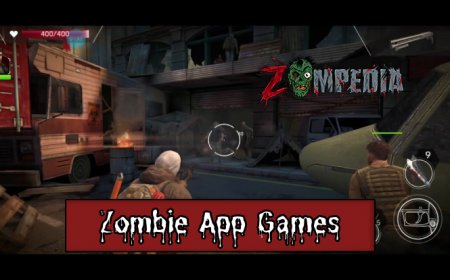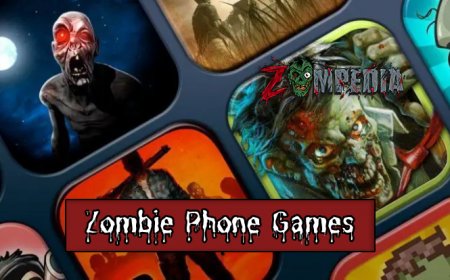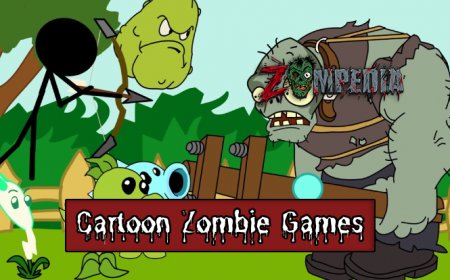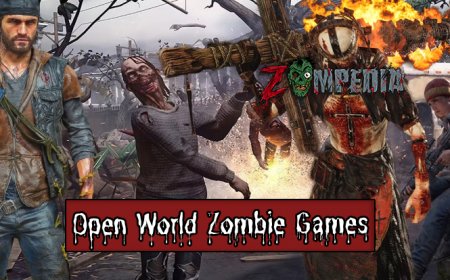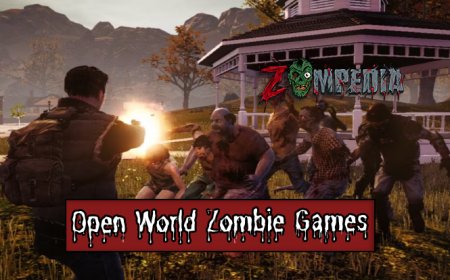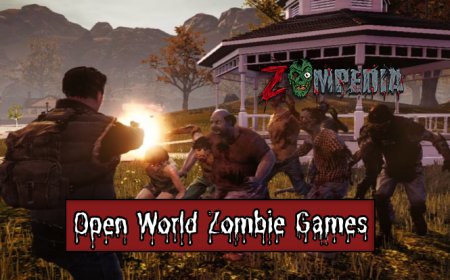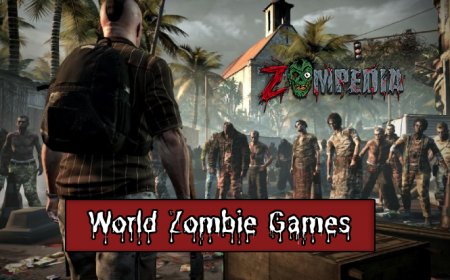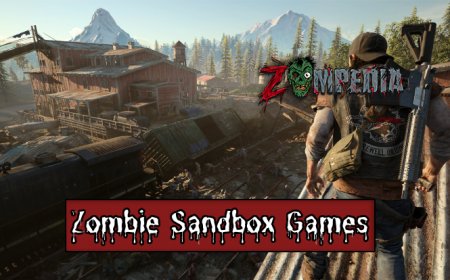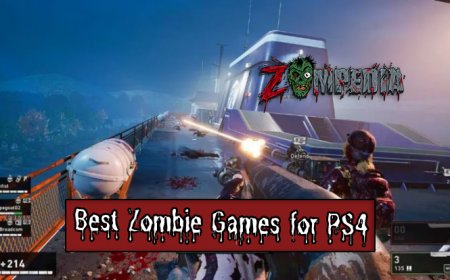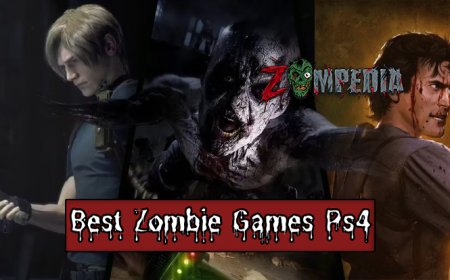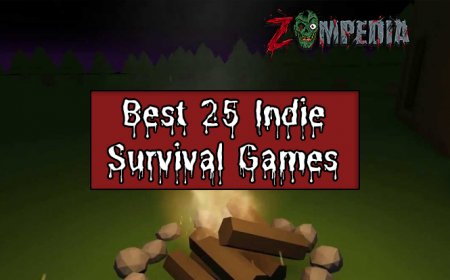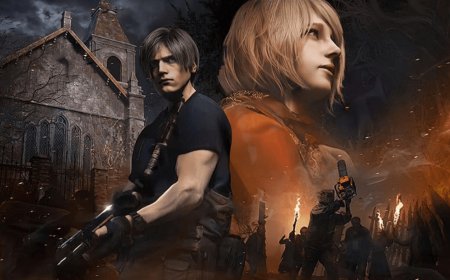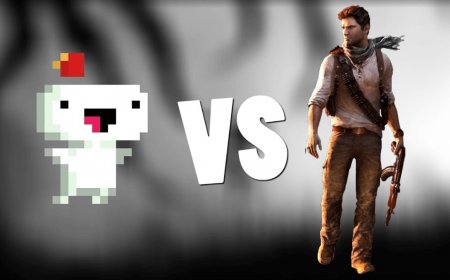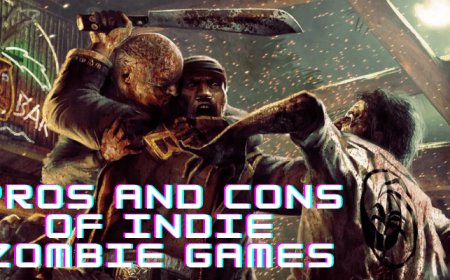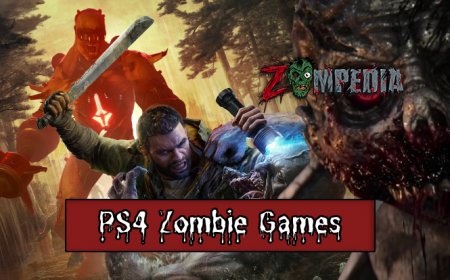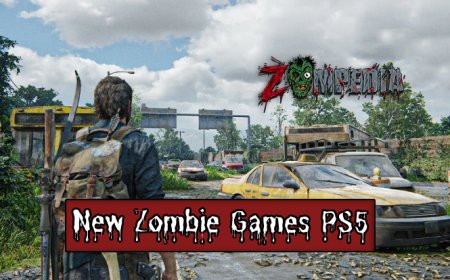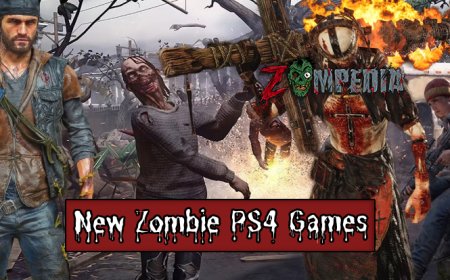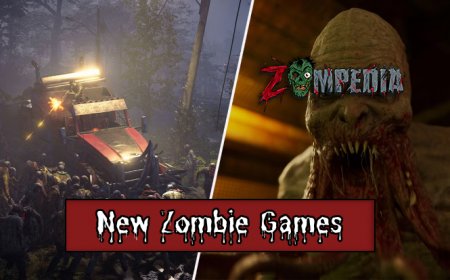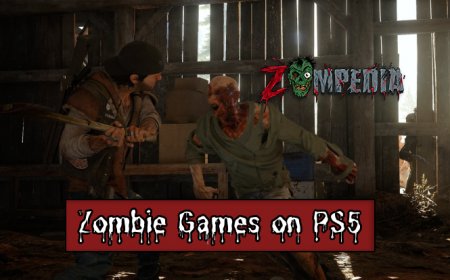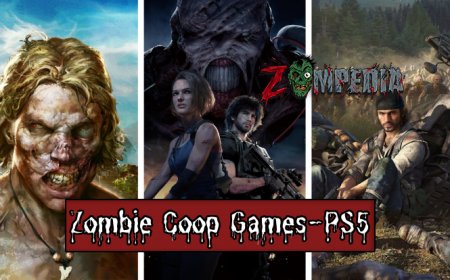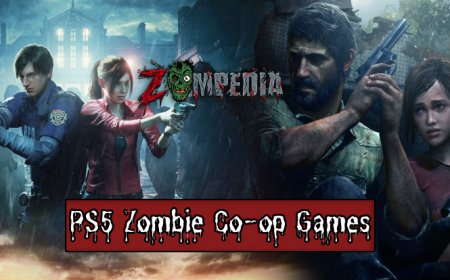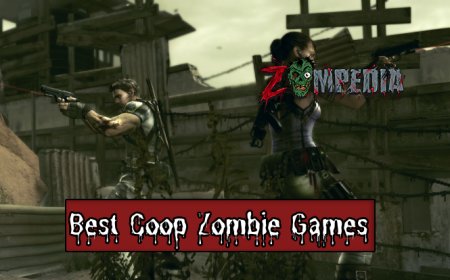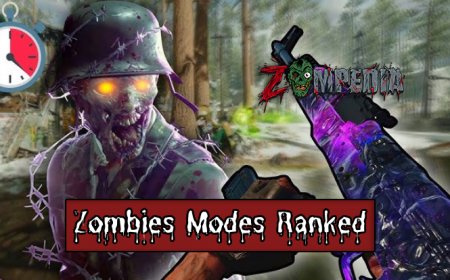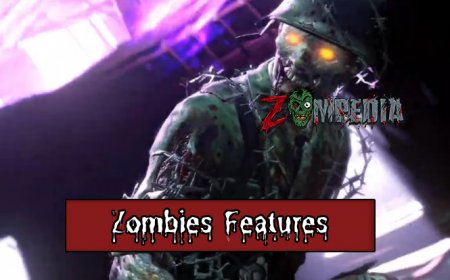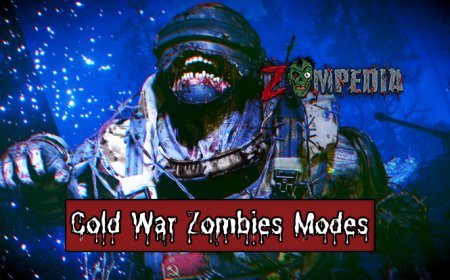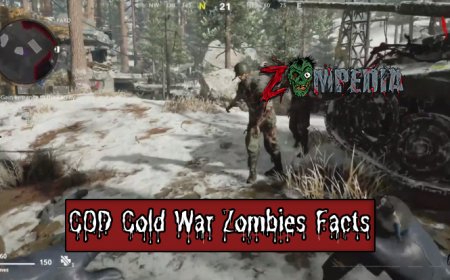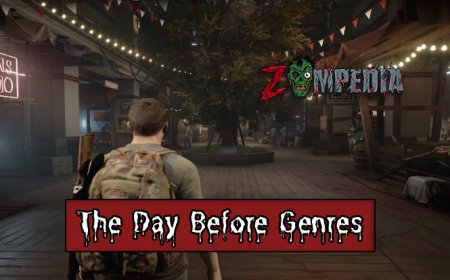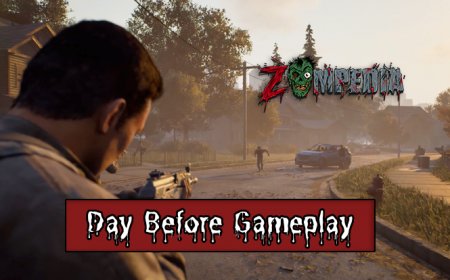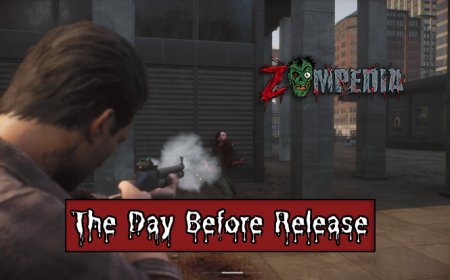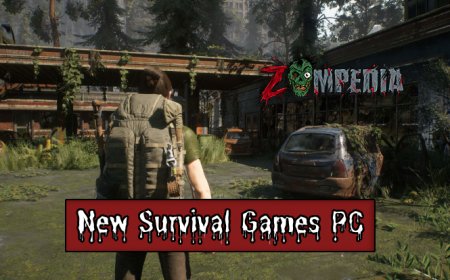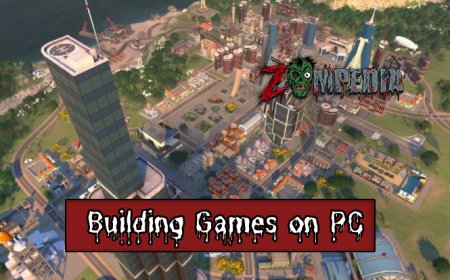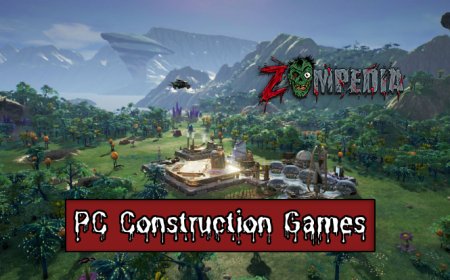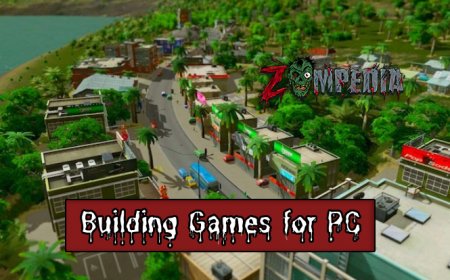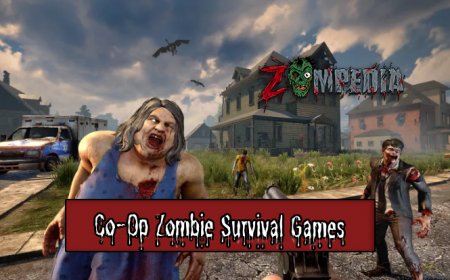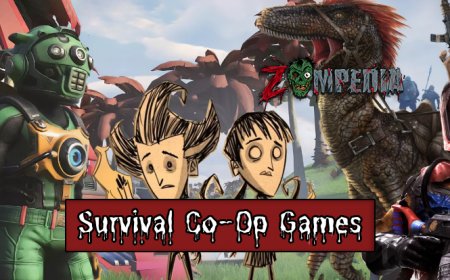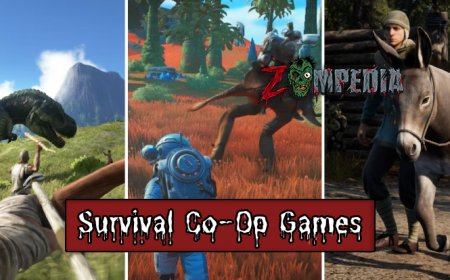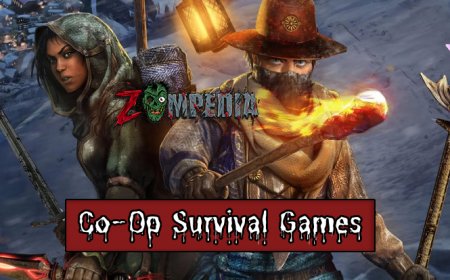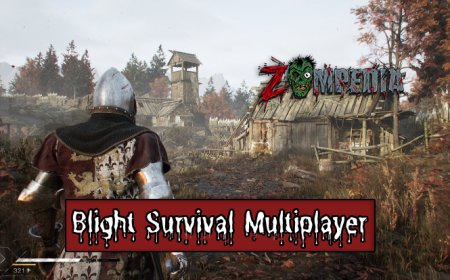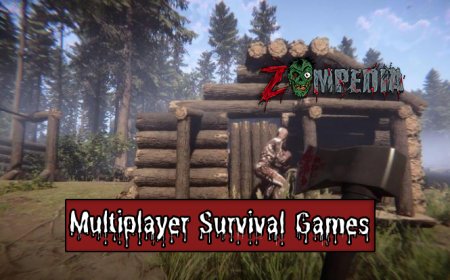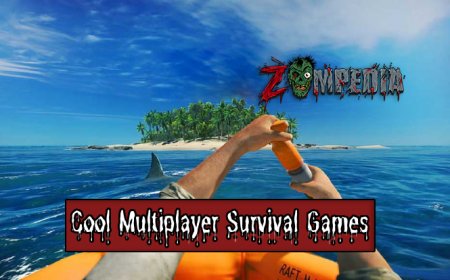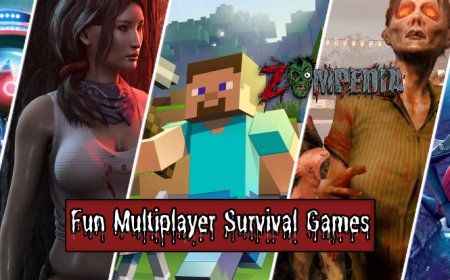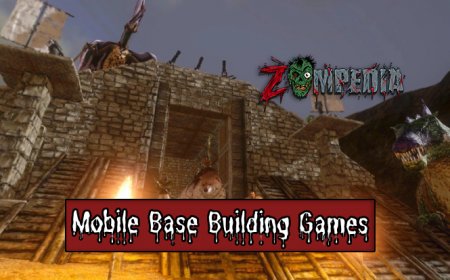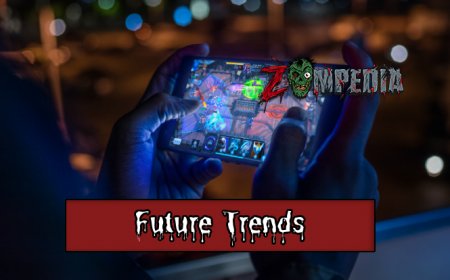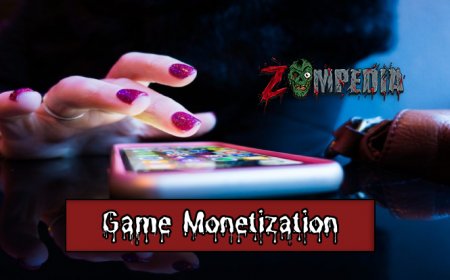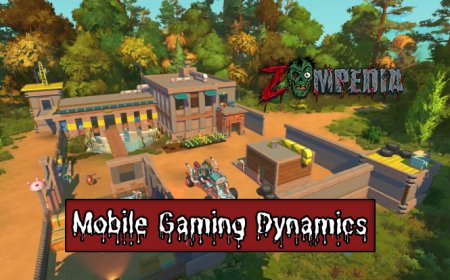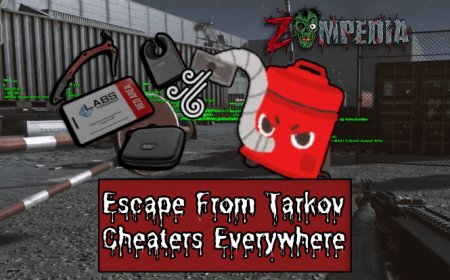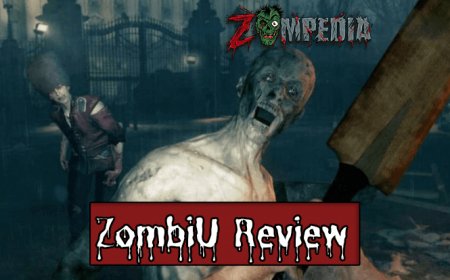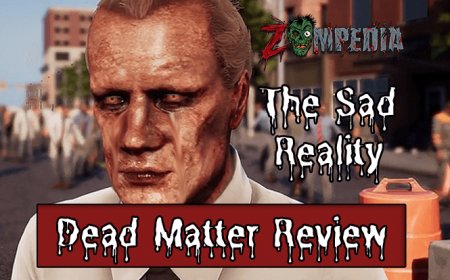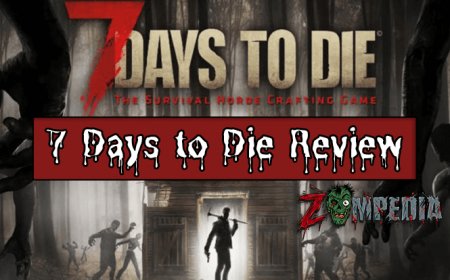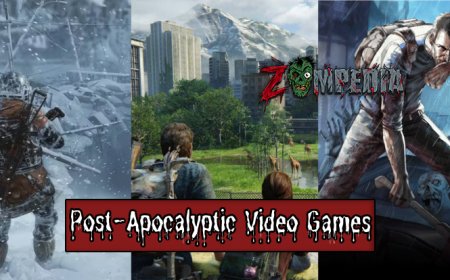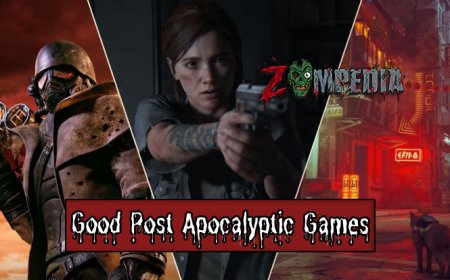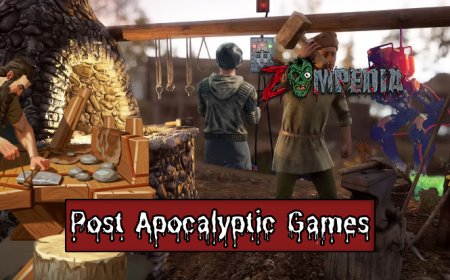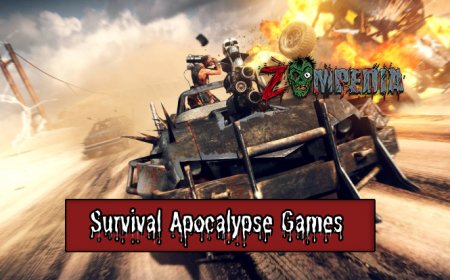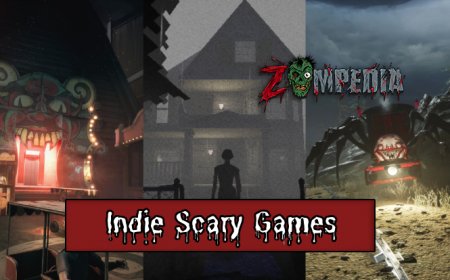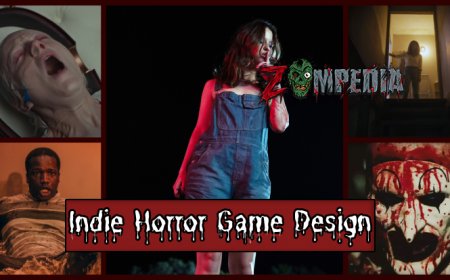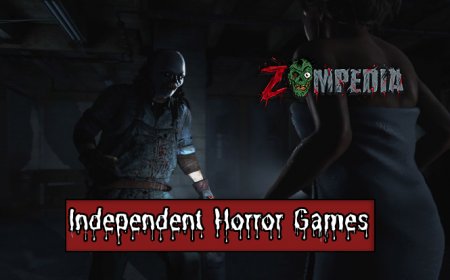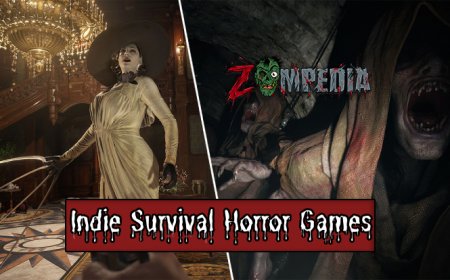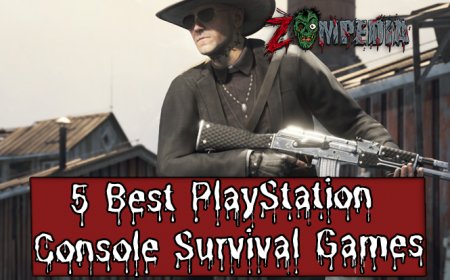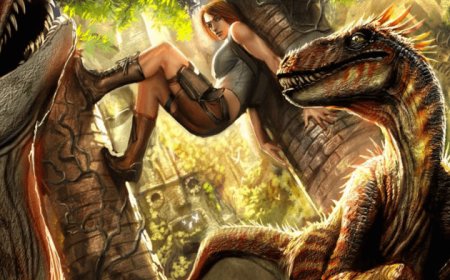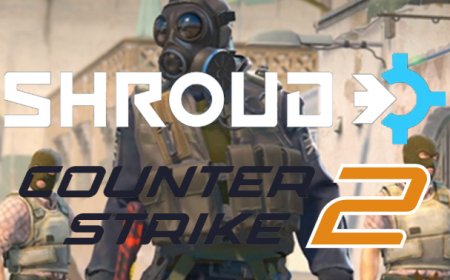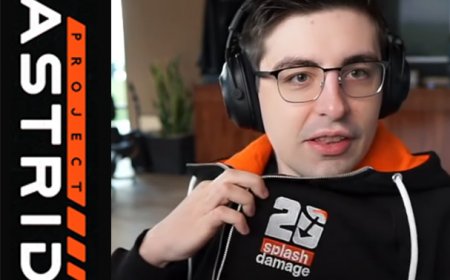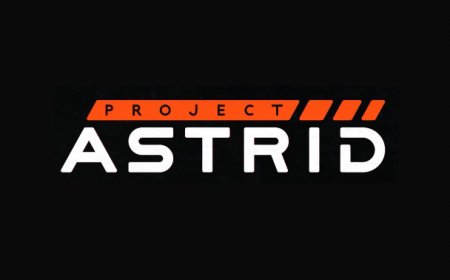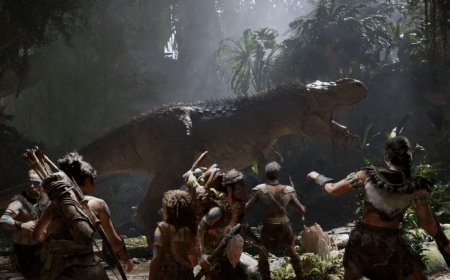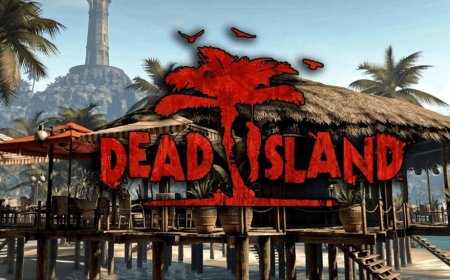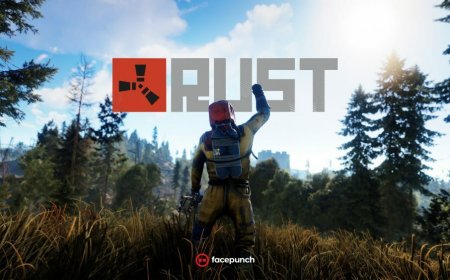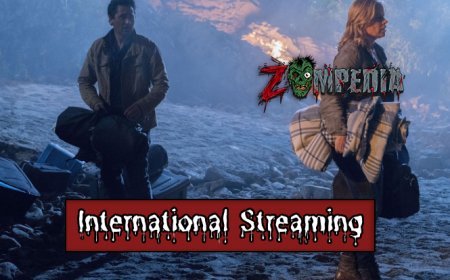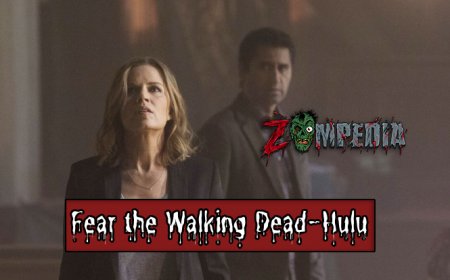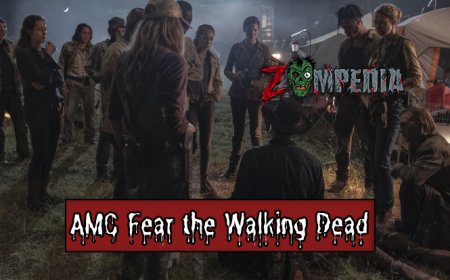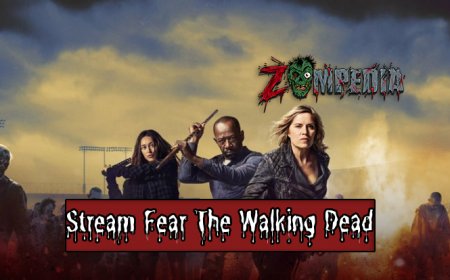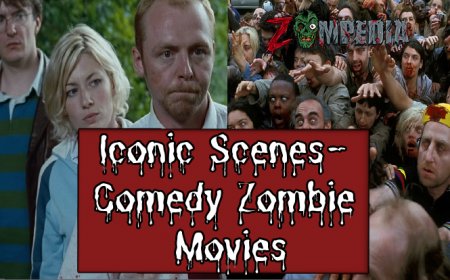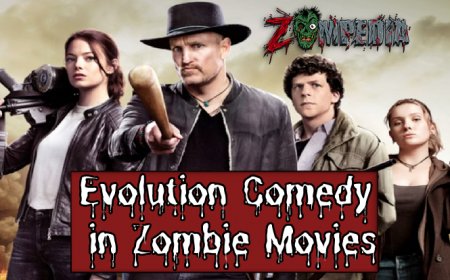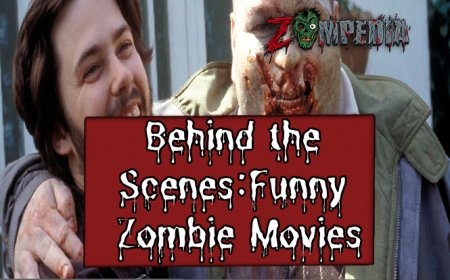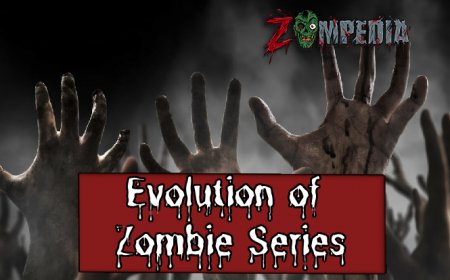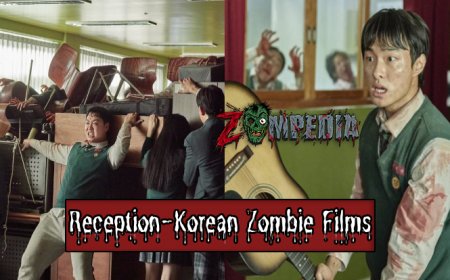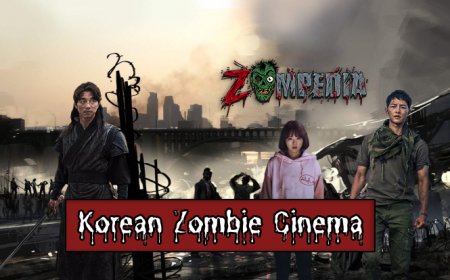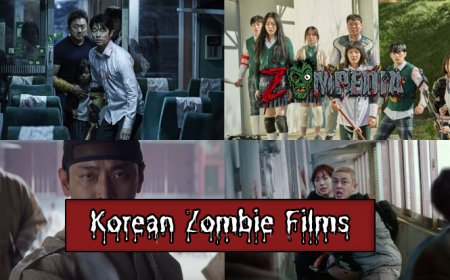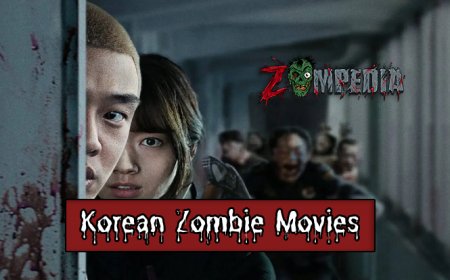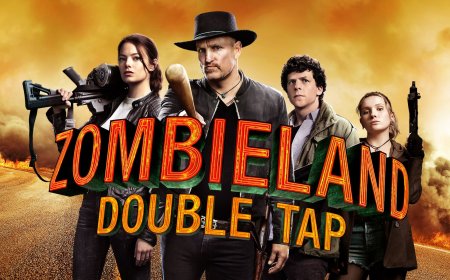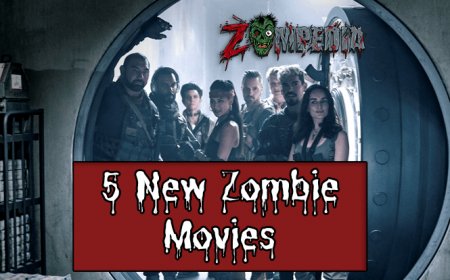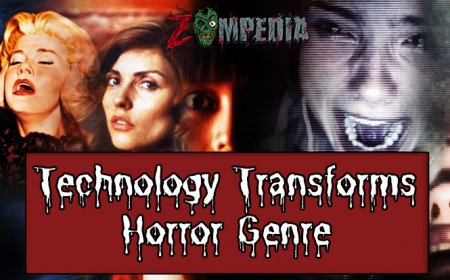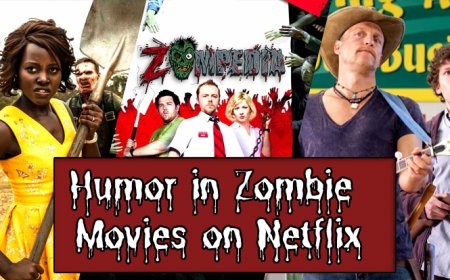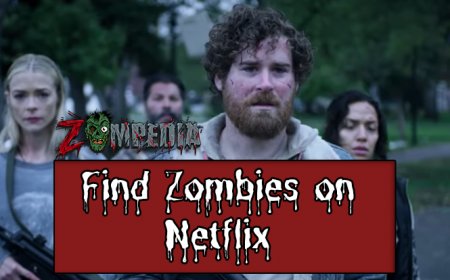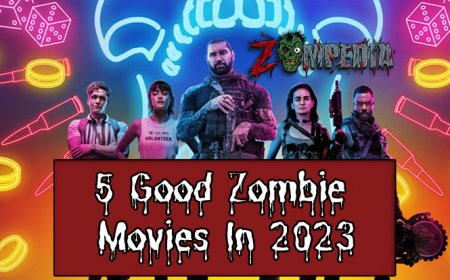Technology & the Horror Genre | Zombie Movies on Netflix
Discover how technology has revolutionized the horror genre through an exploration of zombie movies available on Netflix.
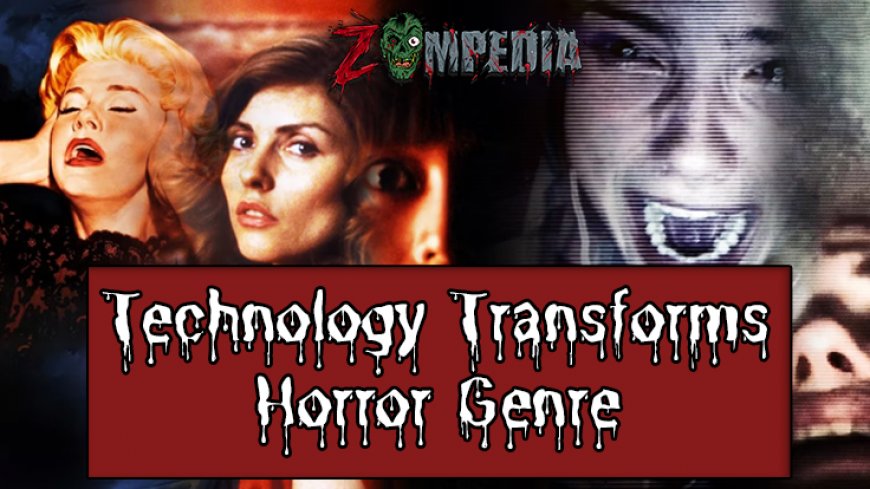
In recent years, technology has played a significant role in reshaping the film industry, with the horror genre being no exception. The incorporation of cutting-edge technology has not only evolved visual effects and storytelling methods but has also transformed how audiences experience horror movies, especially within the realm of zombie films. With a plethora of zombie movies available on Netflix, this exploration of technology's impact on the horror genre becomes especially intriguing.
Table of Contents
- The Evolution of Visual Effects in Zombie Movies
- Enhanced Storytelling Through Technology
- Virtual Reality and Immersive Experiences
- Social Media and the Horror Genre
The Evolution of Visual Effects in Zombie Movies
Horror movies have always relied on visual effects to evoke fear and terror in audiences. Zombie movies, in particular, have seen significant advancements in these effects due to the introduction of modern technology. The shift from practical effects to computer-generated imagery (CGI) has provided filmmakers with more creative freedom to bring their horrifying visions to life.
Practical effects were the primary method for creating gruesome zombie appearances in the past, using makeup and prosthetics to achieve the desired looks. Films such as George A. Romero's Night of the Living Dead (1968) and Lucio Fulci's Zombie (1979) are prime examples of this old-school approach.
With the introduction of CGI, filmmakers can now manipulate images and scenes, allowing for more visually striking and disturbing effects. For example, the zombies in recent films like World War Z (2013) and Overlord (2018) showcase far more realistic and terrifying appearances than their predecessors, thanks to the seamless integration of CGI.
Beyond appearances, technology's influence on visual effects extends to the way zombies move and interact within their environments. Filmmakers can now orchestrate large-scale zombie hordes that swarm and attack with uncanny precision, further enhancing the fear factor in these movies. The Train to Busan franchise (2016 and 2020) is a prime example of this new level of realism, as is the Netflix Original Series Black Summer (2019).
Enhanced Storytelling Through Technology
Beyond visual effects, technology has also impacted the way filmmakers approach storytelling in horror movies, particularly zombie films. By utilizing state-of-the-art technology, directors can create more convincing and immersive worlds, allowing for a deeper exploration of themes and characters.
In addition to traditional filmmaking techniques, some zombie movies on Netflix have also experimented with unconventional storytelling methods made possible by new technology. Examples include:
- Found footage: Designed to create a sense of realism and urgency, the found footage style replicates the perspective of a character recording events with their own camera. Movies like [REC] (2007) and its sequels, as well as Diary of the Dead (2007), make use of this format. Found footage brings the audience closer to the horror and humanizes the characters, making their fates even more terrifying.
- Split screen: By presenting multiple points of view simultaneously, split screen allows filmmakers to increase tension and create more dynamic scenes. This technique is utilized to great effect in the South Korean horror film The Call (2020).
These innovative storytelling methods, enabled by technology, contribute to the overall experience of modern-day zombie movies, making them more memorable and engaging for viewers. With powerful software tools readily available, aspiring filmmakers can also bring their own creative ideas to life and share them with the world through platforms like Netflix.
In the next section, we will explore the exciting world of virtual reality and the possibilities it offers in the context of horror movies, particularly zombie films.
Virtual Reality and Immersive Experiences
Virtual reality (VR) technology has introduced an exciting new dimension to the horror genre. By immersing viewers in a fully interactive environment, VR enhances the sense of terror and vulnerability experienced while watching horror movies, particularly those featuring zombies. No longer just a passive observer, the viewer becomes an active participant, experiencing the horrific events of the movie first-hand.
Many VR experiences have been created to accompany popular horror movies and franchises, allowing fans to explore iconic locations, encounter terrifying creatures, and even play as their favorite characters. Examples include VR experiences based on Paranormal Activity and the Friday the 13th series. While there are currently no VR experiences specifically designed for zombie films on Netflix, platforms like PlayStation VR and Oculus Rift have their own line-up of interactive zombie games that offer a glimpse into what the future might hold for this subgenre.
With the rapid improvements in VR technology, it is only a matter of time before more filmmakers embrace this novel medium to create truly immersive horror experiences. Soon, we might see zombie movies on Netflix that are specifically designed for VR, breaking the barriers between traditional film and interactive storytelling.
Social Media and the Horror Genre
Advancements in technology have not only transformed the filmmaking process, but also the way we consume, analyze, and engage with the content. In this digital age, social media plays a critical role in promoting movies, influencing their popularity, and generating discussions among fans.
Zombie movies on Netflix have benefited greatly from social media exposure, as platforms like Facebook, Twitter, and Instagram enable filmmakers and studios to reach massive audiences with promotional materials, teasers, and trailers. Interactive campaigns and contests, such as the "Zombie Survival Kit" giveaway organized for the release of Zombieland: Double Tap, a zombie comedy film on Netflix, leverage social media's viral nature to generate hype around a movie.
Apart from promotion, social media has also fostered the growth of online communities dedicated to the horror genre and specifically zombie movies. Forums like Reddit, fan pages, and dedicated hashtags facilitate discussions, analysis, and even fan-created content like artwork and fanfiction. These fan-driven platforms not only provide new perspectives on beloved zombie movies but also play a key role in shaping the future of the genre.
Through the lens of social media, the impact of technology on the horror genre extends beyond the boundaries of filmmaking, infiltrating the way we engage with and appreciate the content. As a result, we see a strengthening of connections and a sense of global community surrounding the genre.
Conclusion
Technology has undoubtedly revolutionized the horror genre and the way we experience it. From groundbreaking visual effects and innovative storytelling techniques to immersive virtual reality experiences and the power of social media, the landscape of horror movies, particularly those featuring zombies, has transformed significantly.
Netflix, with its expansive library of content, provides a platform where fans can enjoy and explore the various facets of technology's influence on the horror genre. By championing groundbreaking and innovative content, the streaming giant helps usher in a new dawn, where top-notch technology meets the primal human desire to be thrilled and frightened.Who knows what the future holds for zombie movies and the horror genre? However, one thing is certain — technology will continue to expand the limits of creative possibilities and audience experiences, keeping us on the edge of our seats for decades to come.
What's Your Reaction?







